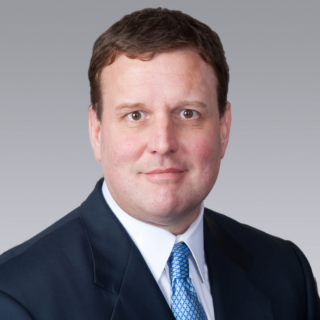U.S. doctors are leaving private practice for hospital employment
Among the many trends in the healthcare real estate industry, one of the more significant ones is the growing number of U.S. doctors who are leaving private practice for hospital employment. Recent changes in healthcare due to the Patient Protection and Affordable Care Act (ACA) has forced many independent physicians to opt for hospital employment due to the financial pressures of running a private practice.
Plus: Top landlord leasing mistakes | When doctor-owners leave private practice
The number of independent physicians has declined over the last several years, from 57 percent in 2000 to 49 percent in 2005 and 37 percent in 2013, according to a recent report from global management consulting firm Accenture. In 2016, Accenture projects that this figure will drop even further to 33 percent.
Impact on the medical office leasing market
Hospital systems are aggressively recruiting physicians. As they sign on new independent physicians, this trend is driving leasing activity particularly in suburban markets.
Also: Three trends to watch in CRE | Healthcare in your neighborhood
Often when doctors opt for hospital employment, their existing space is vacated, and they are relocated to system-owned or leased property. As a result, the bulk of the medical office building (MOB) leasing activity we have seen over the last 24 months is coming from the larger health systems and increasingly less from independent physicians.
Typical MOB leases are getting bigger
Prior to the ACA, a typical medical office lease transaction was in the 2,500 to 3,500-square-foot range. However, the typical lease size from a health system is trending larger in the 4,500 to 9,000-square-foot range, depending on the number of physicians practicing at a particular location. In addition, we are increasingly seeing hospital systems establish multi-specialty hubs with lease commitments in the 30,000 to 100,000-square-foot range for submarkets where systems don’t own or control an “on-campus” MOB.
What’s the impact for medical office building developers as the push to the suburbs continues? They will be underwriting new developments with a higher proportion of hospital system credit, and lease-up programs will require fewer transactions.
Coy Davidson is Senior Vice President of Colliers International in Houston. He publishes The Tenant Advisor blog.

 Coy Davidson
Coy Davidson

 Colliers Insights Team
Colliers Insights Team
 Karen Whitt
Karen Whitt